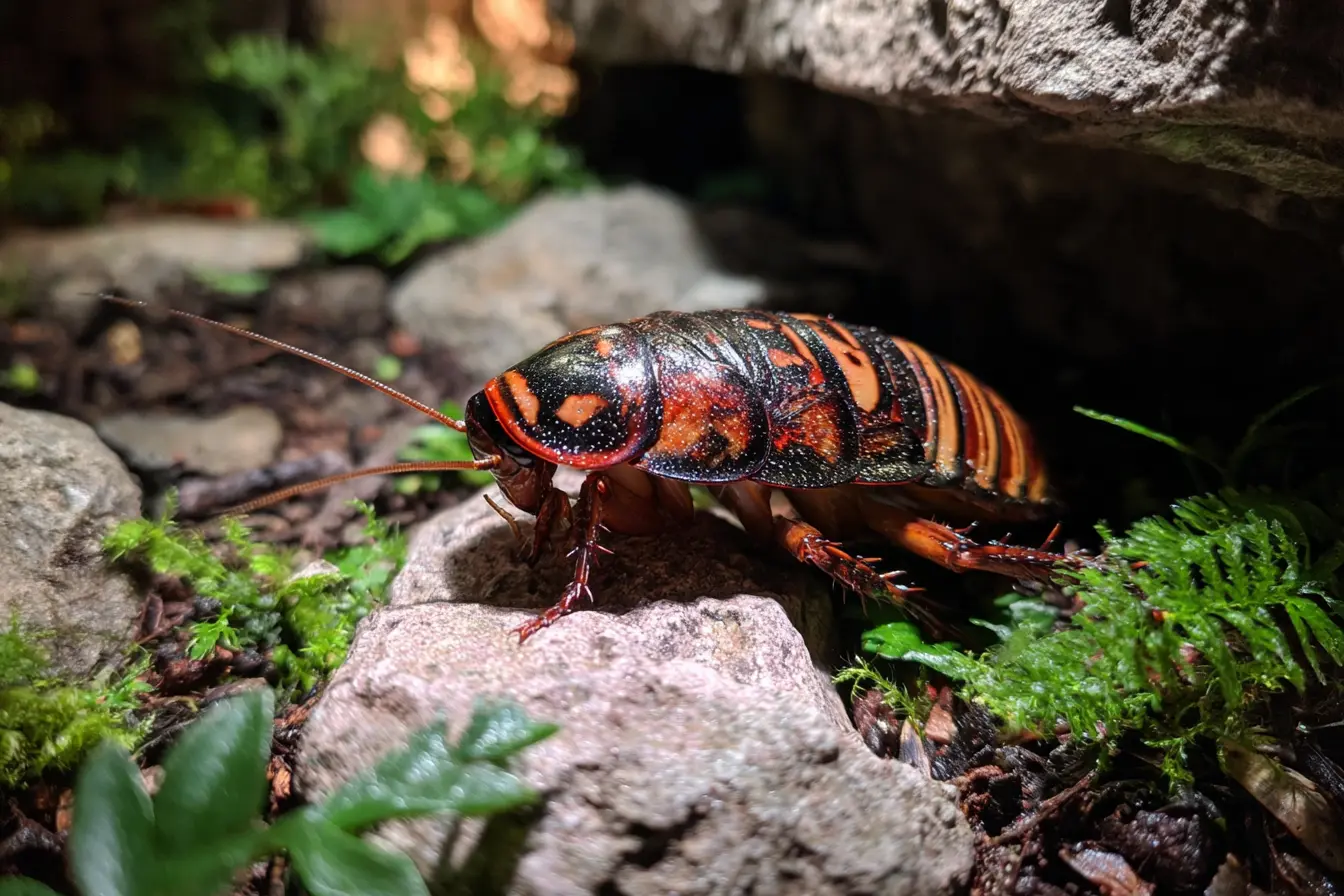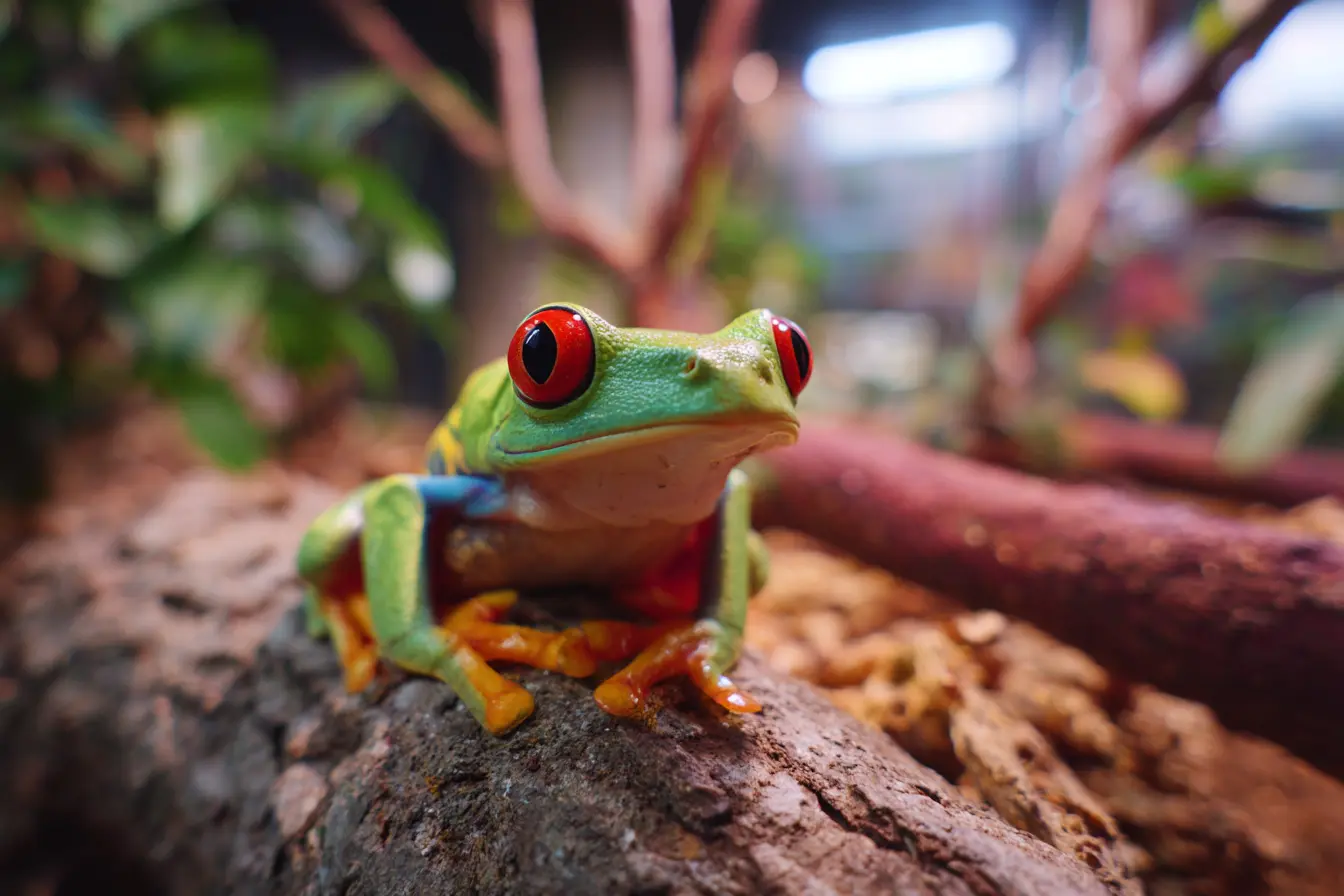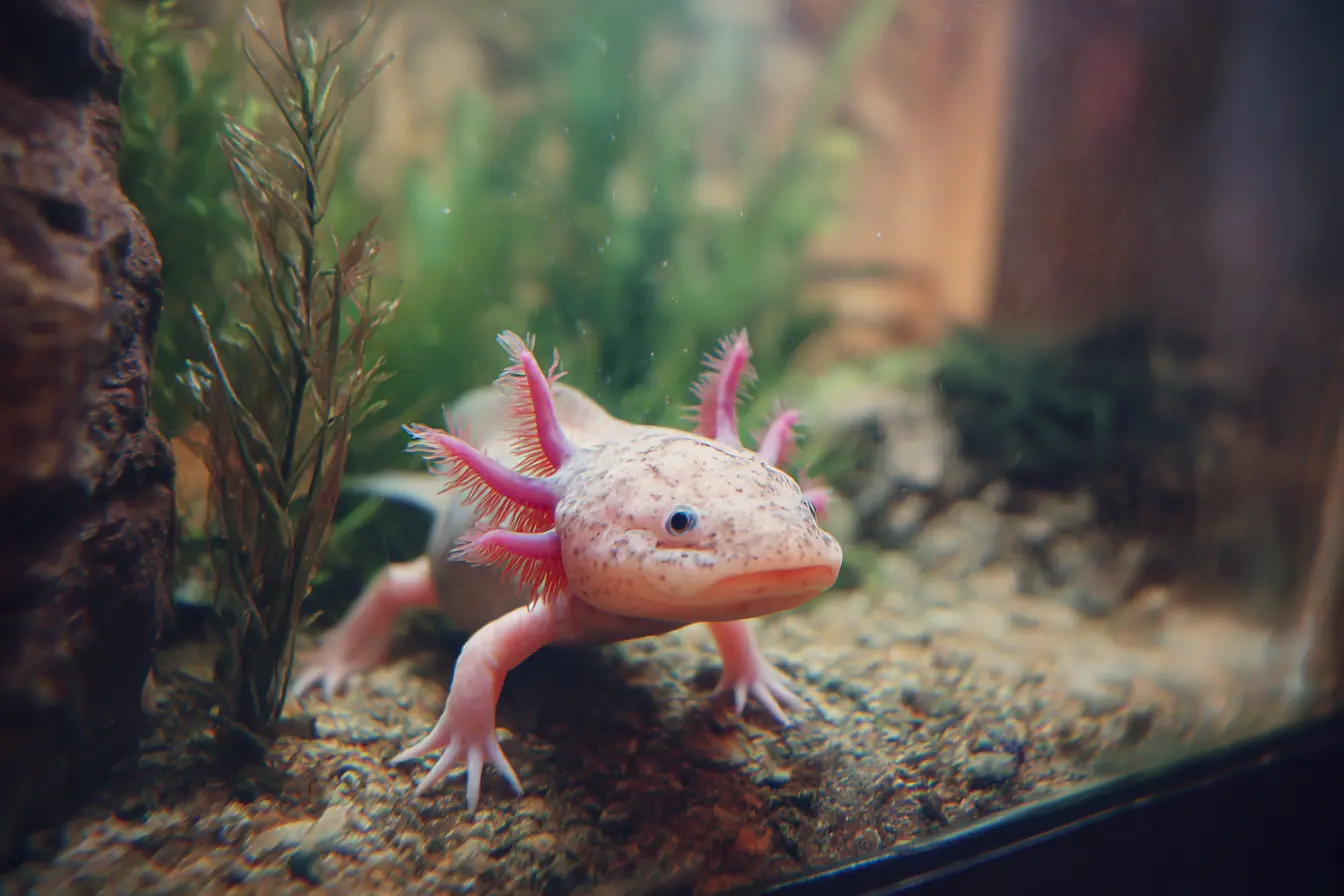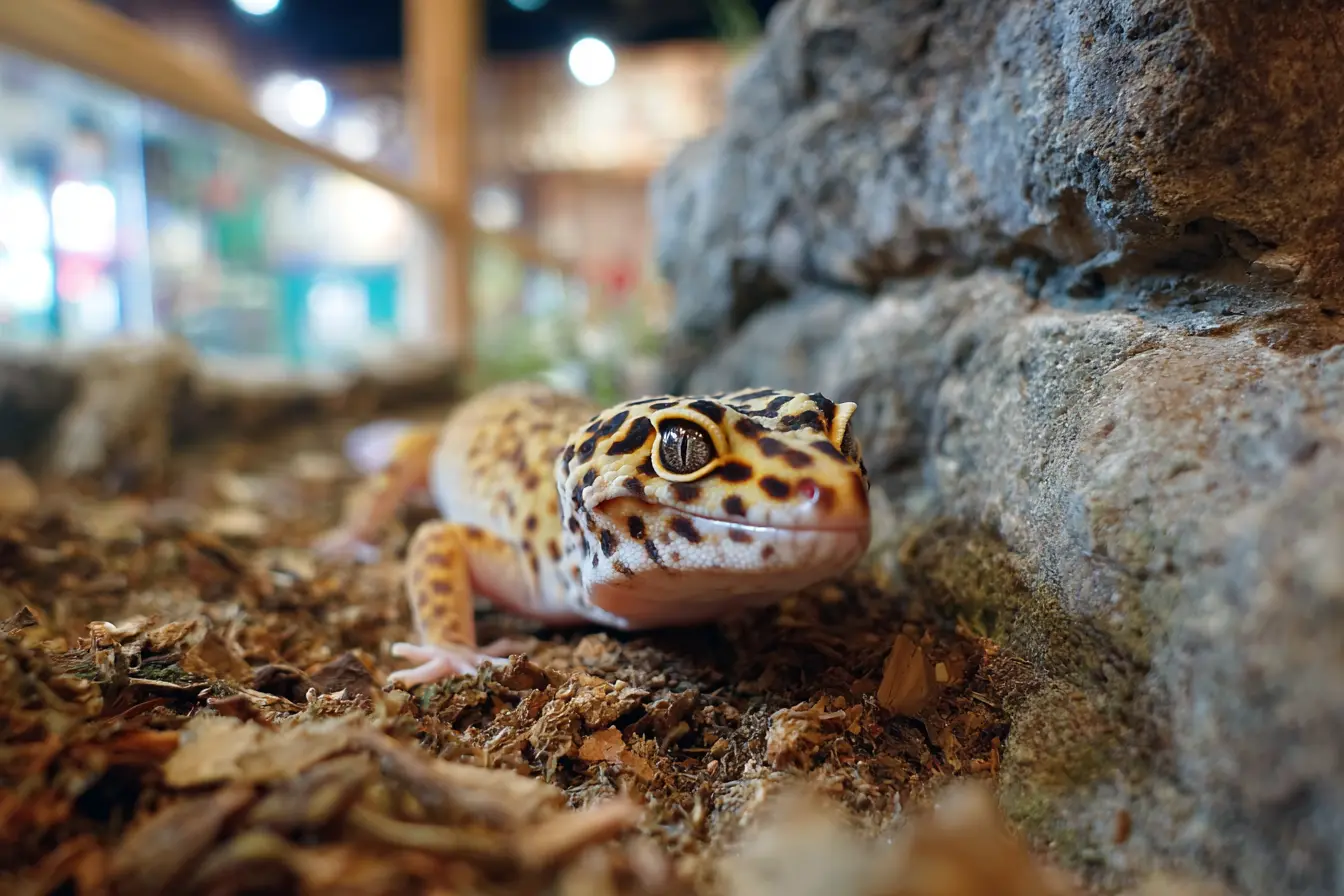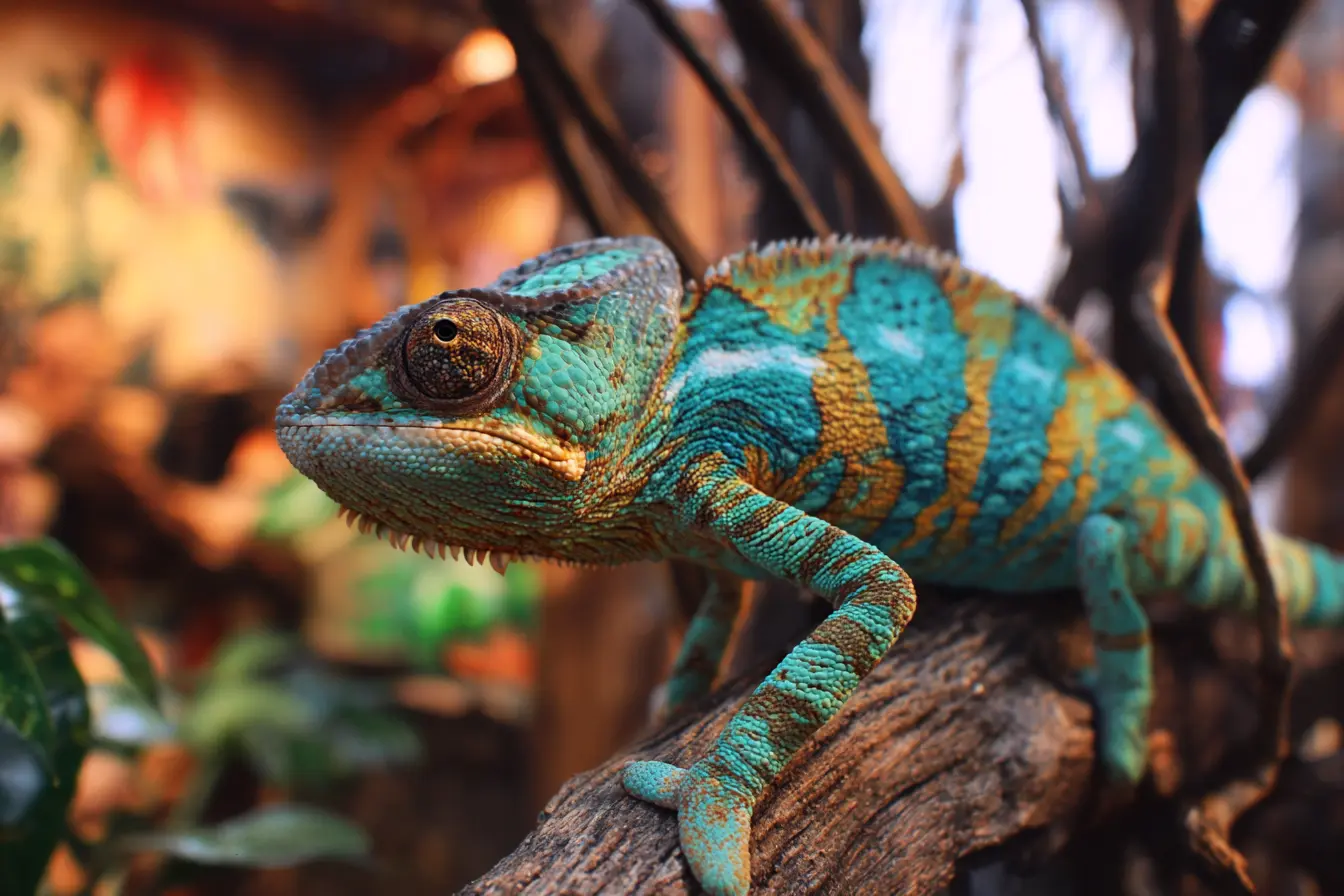
Yemen Chameleon Care Guide
Yemen chameleons (Chamaeleo calyptratus), also known as veiled chameleons, are fascinating reptiles known for their ability to change colour, their independent eye movement, and their striking appearance. Native to Yemen and Saudi Arabia, these chameleons are arboreal, spending most of their time in trees and shrubs.
If you’re considering a Yemen chameleon as a pet, it’s important to understand their specific care requirements. They are not beginner reptiles due to their sensitive nature and precise environmental needs. However, with the right setup and care, they can thrive in captivity.
In this guide, we’ll cover everything you need to know about owning a Yemen chameleon in the UK, including housing, diet, handling, health care, and more.
What is a Yemen Chameleon?
The Yemen chameleon is a medium to large chameleon species that can grow up to 45–60 cm in length, including the tail. Males are typically larger and more colourful than females, with a tall casque (helmet-like structure) on top of their heads.
In the wild, Yemen chameleons inhabit dry forests and mountainous regions. They are highly territorial and solitary, so they should be kept alone in captivity. With proper care, they can live for 5–7 years.
Sourcing and Selecting a Yemen Chameleon
It’s crucial to choose a healthy Yemen chameleon from a reliable source.
Where to Buy
- Reputable breeders: Breeders are your best option for healthy, captive-bred chameleons.
- Specialist reptile shops: Many reptile shops in the UK stock Yemen chameleons and can offer advice on their care.
- Rescue centres: Consider adopting a chameleon in need of a home.
Avoid purchasing from unverified sources, as wild-caught chameleons are often stressed, carry parasites, and have difficulty adapting to captivity.
What to Look For
When selecting a Yemen chameleon, check for these signs of good health:
- Bright, clear eyes that move independently
- A full, plump body and tail
- Clean skin with no retained shed or wounds
- Active and alert behaviour
- No signs of wheezing or mucus around the nose and mouth
Housing and Enclosure Setup
Yemen chameleons are arboreal and require a tall, well-ventilated enclosure with plenty of climbing opportunities. They are sensitive to stagnant air, so good ventilation is essential.
Enclosure Size
The minimum recommended enclosure size for an adult Yemen chameleon is 60 cm (W) x 60 cm (D) x 120 cm (H). For juveniles, a smaller setup may be used initially, but they will quickly outgrow it. Mesh enclosures are ideal for ventilation, but make sure they are secure and well-built.
Substrate
Substrate is not essential for chameleons, as they do not spend much time on the ground. Many keepers opt for a bare-bottom setup for easy cleaning. If you prefer a naturalistic setup, use a substrate that helps retain humidity, such as coconut fibre or orchid bark. Avoid loose substrates like sand that can cause impaction.
Heating and Lighting
Yemen chameleons are ectothermic and rely on external heat sources to regulate their body temperature.
- Basking spot temperature: 32–35°C
- Ambient temperature: 24–28°C during the day
- Night-time temperature: 18–22°C
Use a basking bulb to create a warm spot and a ceramic heat emitter if additional night-time heat is needed. UVB lighting is essential for chameleons to synthesise vitamin D3 and prevent metabolic bone disease. Use a 10–12% UVB bulb and replace it every six months.
Humidity and Water
Maintain humidity levels between 50–70%. Misting the enclosure several times a day is essential, as Yemen chameleons drink water droplets from leaves rather than from a water dish. Using a dripper system or an automated misting system can help maintain proper hydration. Monitor humidity with a hygrometer.
Diet and Nutrition
Yemen chameleons are insectivores that thrive on a varied diet of live insects.
Staple Foods
- Crickets
- Dubia roaches
- Locusts
- Calci-worms
Occasional Treats
- Waxworms (high in fat, use sparingly)
- Silkworms
Feed appropriately sized insects—no larger than the space between the chameleon’s eyes.
Supplementation
To prevent nutritional deficiencies, dust insects with:
- Calcium powder without D3 at every feeding
- Calcium with D3 twice a week
- Multivitamin supplement once a week
Provide fresh greens, such as kale or dandelion leaves, for extra hydration and nutrients.
Handling and Behaviour
Yemen chameleons are primarily display animals and do not enjoy frequent handling. They can become stressed if handled too often, so it’s best to limit interactions.
Tips for Handling
- Handle only when necessary, and do so gently.
- Allow the chameleon to climb onto your hand rather than grabbing it.
- Move slowly and avoid sudden movements.
- Wash your hands before and after handling.
Observing their natural behaviour in a well-set-up enclosure can be just as rewarding as handling them.
Common Health Issues
Yemen chameleons are sensitive reptiles, and improper care can lead to various health problems.
Metabolic Bone Disease (MBD)
Caused by calcium deficiency and inadequate UVB exposure. Symptoms include soft or deformed bones, lethargy, and difficulty moving.
Respiratory Infections
Often caused by poor ventilation or incorrect humidity. Symptoms include wheezing, nasal discharge, and open-mouth breathing.
Dehydration
Chameleons can become dehydrated if not misted regularly. Symptoms include sunken eyes, wrinkled skin, and lethargy.
Parasites
Internal parasites can cause weight loss and diarrhoea. A faecal test by a reptile vet can detect parasites.
If you notice any signs of illness, consult a reptile specialist vet immediately.
Specialist Vet Care
Yemen chameleons do not need vaccinations, but regular health checks are recommended to catch any issues early.
Routine Health Checks
An annual visit to a reptile vet can help detect problems before they become serious. This includes a physical exam and a faecal test for parasites.
Emergency Situations
Seek immediate veterinary care if your chameleon shows signs of:
- Significant weight loss
- Persistent lethargy
- Difficulty breathing or open-mouth breathing
- Swollen limbs or visible injuries
Care and Maintenance
Maintaining a clean and well-regulated enclosure is essential for your chameleon’s health.
Daily Tasks
- Check temperatures and humidity levels
- Mist the enclosure and monitor hydration
- Remove uneaten food and spot-clean waste
Weekly Tasks
- Clean water collection areas and misting equipment
- Disinfect surfaces with a reptile-safe disinfectant
Monthly Tasks
- Deep-clean the enclosure and replace substrate if needed
- Inspect and replace UVB bulbs every six months
Final Thoughts
Yemen chameleons are captivating and rewarding pets for those willing to meet their unique care requirements. They are best suited for keepers who want a display pet rather than a hands-on companion. With the right environment, diet, and regular monitoring, they can live a healthy and happy life.
By following this guide, you’ll be well-prepared to provide your Yemen chameleon with the care it needs to thrive.
Vets near you
Speciality vets
- Aquatics vet specialists
- Birds vet specialists
- Camelids vet specialists
- Cats vet specialists
- Cattle vet specialists
- Deer vet specialists
- Dogs vet specialists
- Equines vet specialists
- Exotic vet specialists
- Goats vet specialists
- Pigs vet specialists
- Poultry vet specialists
- Sheep vet specialists
- Small Mammals vet specialists
- Wild vet specialists
